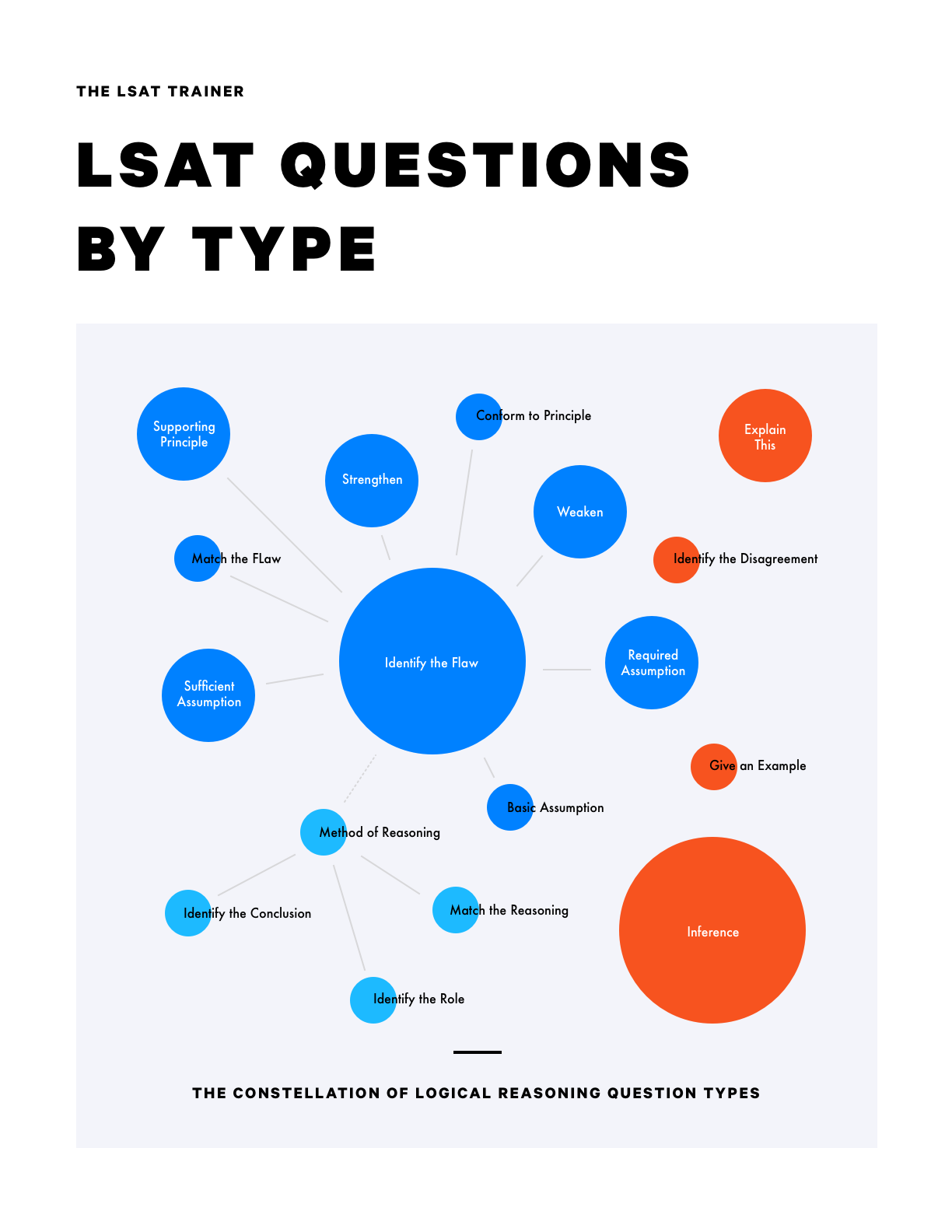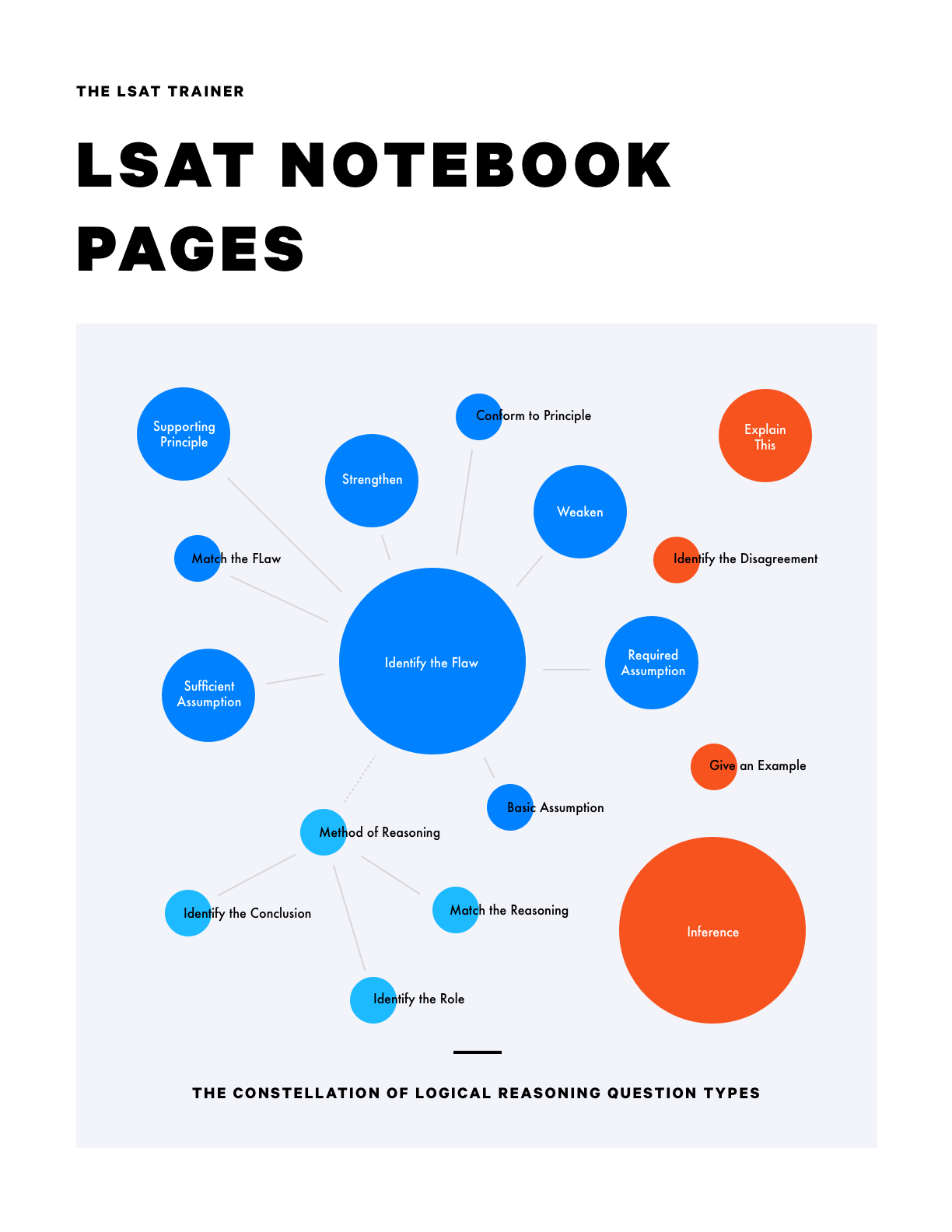Game 1
Step 1
Per the given scenario, we can write out the eight elements to be placed - G, H, I, K, L, N, O, and P - and lay out the eight positions to be filled, in order.
Step 2
Per the first rule, we can notate that both K and P come before H.
Step 3
Per the second rule, we can notate that O comes after H and before L. We can connect this to our notation for the first rule.
Step 4
Per the third rule, we can notate that G comes before L. We can connect this to our existing diagram.
Step 5
Per the fourth rule, we can notate that N comes before H. We can connect this to our existing diagram.
Step 6
Per the fifth rule, we can notate that I follows K. We can connect this to our existing diagram.
Game 2 (Option 1)
Step 1
Per the given scenario, we can write out the six elements to be placed - J, K, L, S, T, and V - and lay out the six positions to be assigned - two each in groups M, O, and P.
Step 2
Per the first rule, we can notate that if J is assigned to M, then L will be assigned to P, as well as the contrapositive.
Step 3
Per the second rule, we can notate that if K is not assigned to M, V will be assigned to O, as well as the contrapositive.
Step 4
Per the third rule, we can notate that T cannot be assigned to P.
Step 5
Per the fourth rule, we can notate that J and K can’t be grouped together, L and S can’t be grouped together, and T and V can’t be grouped together.
Game 2 (Option 2)
Step 1
Per the given scenario, we can write out the six elements to be placed - J, K, L, S, T, and V - and lay out the six positions to be assigned - two each in groups M, O, and P.
Step 2
Per the first rule, we can notate that if J is assigned to M, then L will be assigned to P, as well as the contrapositive.
Step 3
Per the second rule, we can notate that if K is not assigned to M, V will be assigned to O, as well as the contrapositive.
Step 4
Per the third rule, we can split our diagram into two frames, one in which T is assigned to M (frame 1) and one in which T is assigned to O (frame 2).
Step 5
Per the fourth rule, we can further split each frame into a pair of frames. Since V can’t be with T, in frame 1, V can either be assigned to O (frame 1A) or to P (frame 1B). In frame 2, V can either be assigned to M (frame 2A) or to P (frame 2B).
Step 6
Per the fourth rule, we also want to notate that for all frames J and K can’t be grouped together, and L and S can’t be grouped together.
Step 7
In frame 1B, since V is not assigned to O, per the second rule, K must be assigned to M. Since, per the fourth rule, L and S can’t be together, that means one of them must be assigned to O and the other P. That leaves just one spot remaining in O for our final element, J.
Step 8
In frame 2A, since V is not assigned to O, per the second rule, K must be assigned to M. Since, per the fourth rule, L and S can’t be together, that means one of them must be assigned to O and the other P. That leaves just one spot in P remaining for our final element, J.
Step 9
In frame 2B, since V is not assigned to O, per the second rule, K must be assigned to M.
Game 3 (Option 1)
Step 1
Per the given scenario, we can write out the six elements to be placed, separated out by their subsets - Gs, Os, Ps, and HL, NL, and TL (L should be subscript), and we can lay out the six assignments to be filled, in order and separated out by day.
Step 2
Per the first rule, we can notate that each day will have 1S and 1L.
Step 3
Per the second rule, we can notate that T comes after both G and O.
Step 4
Per the third rule, we can notate that N comes after P.
Step 5
We can notate that H is not directly restricted by any of the given rules.
Game 3 (Option 2)
Step 1
Per the given scenario, we can write out the six elements to be placed, separated out by their subsets - Gs, Os, Ps, and HL, NL, and TL (L should be subscript), and we can lay out the six assignments to be filled, in order and separated out by day.
Step 2
Per the first rule, we can notate that each day will have 1s and 1L.
Step 3
Per the second rule, we can split our diagram into two frames, one in which TL is on the second day (frame 1) and one in which TL is on the third day (frame 2).
Step 4
In frame 1, if TL is on the second day, both Gs and Os must be assigned to the first and second days, and they both must come before TL, which means TL must fill the second slot on the second day. Either Gs or Os will fill the first slot on the second day, and the other will go into the first day.
Step 5
In frame 1, Ps must now go into the third day. Per the third rule, that means NL must also go into the third day, with NL coming after Ps. That leaves HL to fill the remaining open slot in the first day.
Step 6
In frame 2, if TL is on the third day, it cannot be paired with Ps, (which must, per the third rule, come before NL). So, TL must be paired with Gs or Os, and, per the second rule, TL must occupy the second slot in the third day, with Gs or Os occupying the first.
Step 7
With TL placed, NL must go into the first or second day, and we can split our second frame further (into frames 2a and 2b) to represent those options.
Step 8
In frame 2a, if NL is placed into the first day, per the third rule, Ps must be as well, with NL coming after Ps.
Step 9
In frame 2a, that leaves HL and either Gs or Os for the second day.
Step 10
In frame 2b, if NL is assigned the second day, HL must be assigned to the first.
Step 11
For frame 2b, we also want to notate that Ps must be before NL.
Step 12
We can also notate that H is not directly restricted by any of the given rules.
Game 4 (Option 1)
Step 1
Per the given scenario, we can write out the six elements to be placed - F, G, H, K, L, and M, and we can lay out the six positions to be assigned, in order.
Step 2
Per the fourth rule, we can create two frames, one in which we have M before both H and K, and another where where have M after both H and K.
Step 3
Per the first rule, we can put F before G and G before K in both frames.
Step 4
Per the second rule, we can redraw our diagrams to represent that H is before G in both frames.
Step 5
Per the third rule, we can notate that when F is before M, L must before before H, as well as the contrapositive.
Game 4 (Option 2)
Step 1
Per the given scenario, we can write out the six elements to be placed - F, G, H, K, L, and M, and we can lay out the six positions to be assigned, in order.
Step 2
Per the first rule, we can notate the ordering relationship F - G - K.
Step 3
Per the second rule, we can notate that H must be before G.
Step 4
Per the fourth rule, we can split our diagram into two frames, one in which M is earlier than H, and other where M is later than K.
Step 5
Per the third rule, we can notate that when F is before M, L must be before H, as well as the contrapositive. Since F is before M in the second frame, there we can notate that L must be before H.



